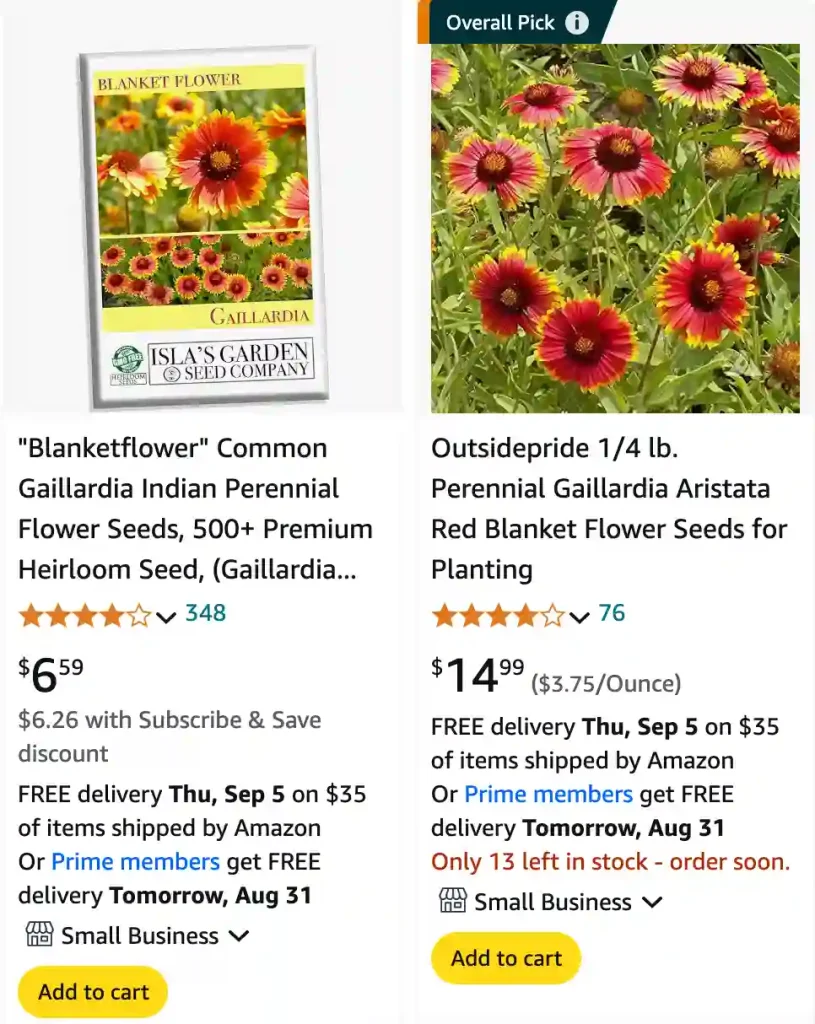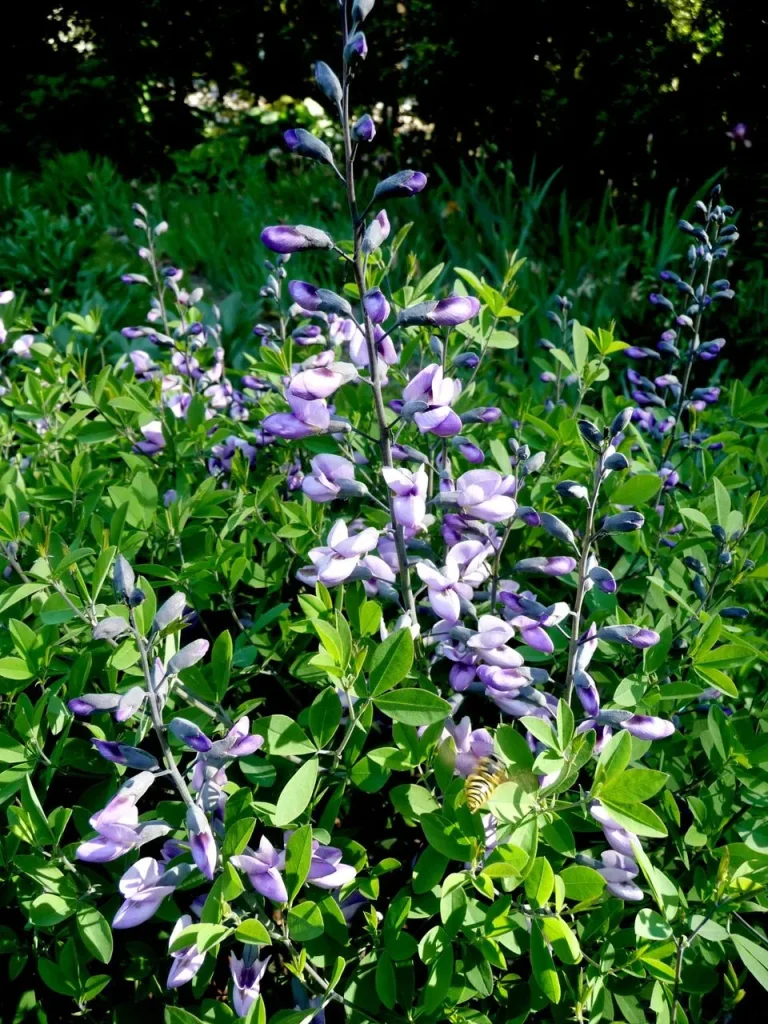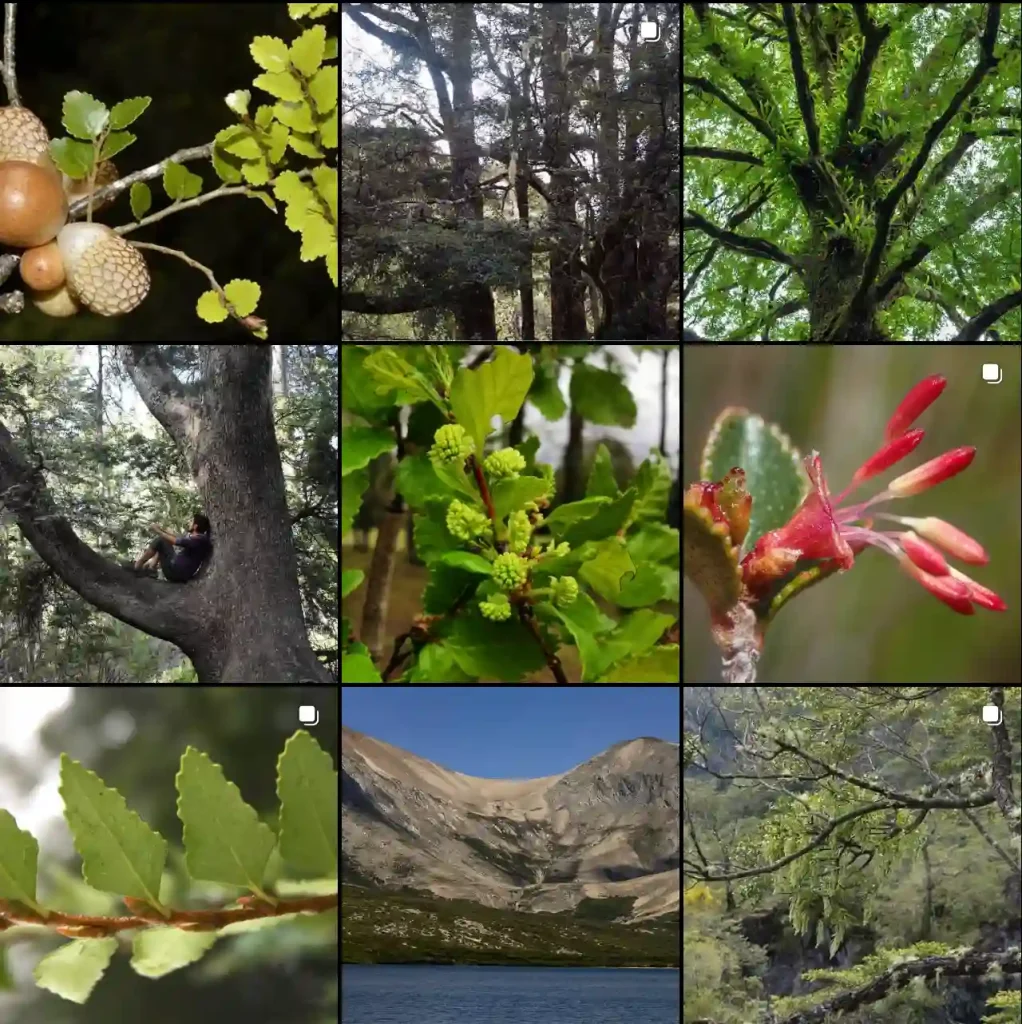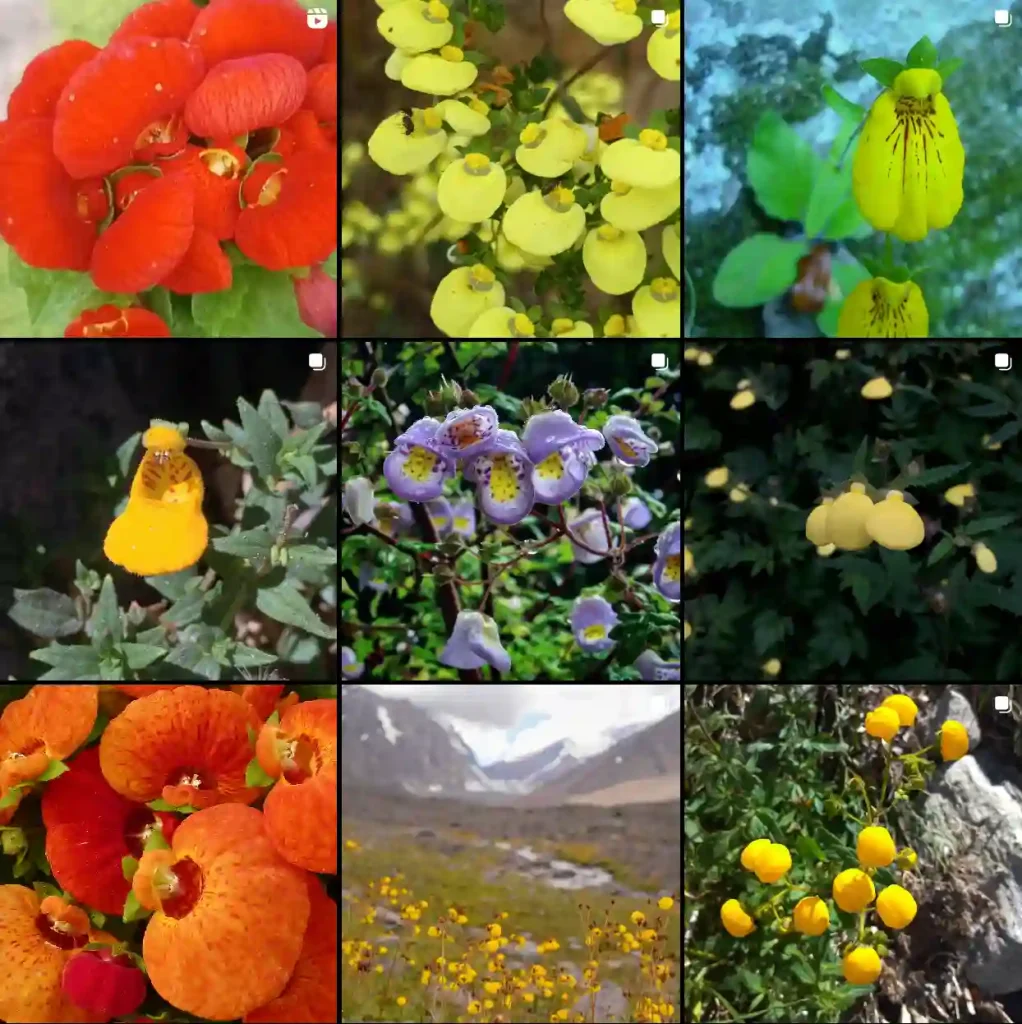
FAQs About Gaillardia Aristata
As someone who has delved into the world of Gaillardia Aristata, I’ve gathered quite a bit of knowledge about this remarkable plant. Known for its vibrant blooms and hardy nature, Gaillardia Aristata, commonly referred to as Blanket Flower, is a favorite among gardeners. If you’re considering adding this plant to your garden, you might have a few questions. Let me help clarify some of the most frequently asked questions about Gaillardia Aristata.
21 Species in Genus Gaillardia – Blanket Flower
How to Grow Gaillardia Aristata?
Growing Gaillardia Aristata is relatively straightforward and rewarding. This plant thrives in full sun and well-drained soil. It’s quite tolerant of drought, making it ideal for xeriscaping or low-maintenance gardens. Here’s a simple guide to get you started:
- Location: Choose a sunny spot with at least six hours of direct sunlight per day.
- Soil: Ensure the soil is well-drained. Gaillardia Aristata prefers slightly acidic to neutral soil but can tolerate a range of conditions.
- Planting: Space plants about 12 to 18 inches apart to allow for their spreading nature. You can start from seeds or seedlings. If planting seeds, sow them directly in the garden after the last frost or start them indoors 6-8 weeks before the last frost date.
- Watering: Water the plants regularly until they are established. Once mature, Gaillardia Aristata is quite drought-tolerant.
- Fertilizing: Feed the plants with a balanced fertilizer in early spring to encourage robust growth and abundant blooms.
Is Gaillardia Aristata Good for Georgia?
Absolutely, Gaillardia Aristata is well-suited for Georgia’s climate. The state’s hot summers and moderate winters are ideal for this hardy perennial. In Georgia, you’ll find Gaillardia Aristata thriving in full sun and enduring the summer heat without much trouble. It’s also resistant to many pests and diseases, which makes it a great choice for Georgia gardens.
Is Gaillardia Aristata in Massachusetts?
Yes, Gaillardia Aristata can be grown in Massachusetts, though it may require a bit more attention in colder climates. In Massachusetts, it’s best to plant Gaillardia Aristata in a sheltered spot to protect it from harsh winter conditions. Adding mulch around the base of the plant can help insulate the roots during the colder months. Despite the cold, this plant can add a splash of color to gardens in Massachusetts with the right care.
Gaillardia Aristata vs Pulchella
When comparing Gaillardia Aristata to Gaillardia Pulchella, there are a few key differences to consider. Gaillardia Aristata, or Blanket Flower, is known for its larger, more vibrant blooms and a more upright growth habit. It generally produces flowers with a combination of red, yellow, and orange hues and has a more robust, bushier appearance.
On the other hand, Gaillardia Pulchella, or the Indian Blanket Flower, tends to have smaller, more dainty blooms with a more delicate appearance. The colors are often more subtle, and the plant has a slightly spreading growth habit. Both types are beautiful, but your choice might depend on whether you prefer a bolder, more dramatic display (Aristata) or a more understated, delicate look (Pulchella).
How to Care for Gaillardia Aristata?
Caring for Gaillardia Aristata is relatively simple. Here’s what you need to know:
- Watering: Once established, Gaillardia Aristata requires minimal watering. It’s drought-tolerant but benefits from occasional watering during prolonged dry spells.
- Pruning: Deadhead spent blooms to encourage continuous flowering. In late fall, cut back the plant to ground level to prepare it for winter.
- Pest and Disease Management: Gaillardia Aristata is generally pest-resistant, but keep an eye out for aphids or spider mites. Good air circulation and proper spacing can help prevent fungal diseases.
How to Propagate Gaillardia Aristata?
Propagating Gaillardia Aristata can be done through seeds or division:
- Seeds: Start seeds indoors 6-8 weeks before the last frost or sow them directly in the garden after the last frost. Keep the soil consistently moist until germination.
- Division: Divide established plants in early spring or fall. This is a great way to propagate and rejuvenate older plants.
What to Plant With Gaillardia Aristata?
Gaillardia Aristata pairs well with a variety of companion plants. Consider combining it with:
- Salvia: Its spikes of color complement the round blooms of Gaillardia Aristata.
- Echinacea: The contrasting shapes and colors can create a dynamic garden display.
- Lavender: Its fragrant foliage and purple blooms work beautifully alongside Gaillardia Aristata.
Can You Grow Gaillardia Aristata Indoors?
Growing Gaillardia Aristata indoors is challenging due to its need for full sun and space to spread. It’s best suited for outdoor gardens where it can thrive in natural sunlight. If you want to try growing it indoors, ensure it receives ample light and a large enough pot to accommodate its growth.
Is Gaillardia Aristata Toxic?
Gaillardia Aristata is not considered toxic to humans or pets. This makes it a safe choice for gardens frequented by children and animals.
Benefits of Gaillardia Aristata
Gaillardia Aristata offers several benefits:
- Low Maintenance: Once established, it requires minimal care.
- Attractive Blooms: It provides vibrant color and attracts pollinators like bees and butterflies.
- Drought Tolerance: It’s ideal for dry, low-water gardens.
Common Problems
While Gaillardia Aristata is generally trouble-free, watch out for:
- Powdery Mildew: Ensure good air circulation to prevent this fungal issue.
- Overwatering: Avoid soggy soil to prevent root rot.
In summary, Gaillardia Aristata is a versatile and hardy plant that can thrive in various climates with the right care. Whether you’re in Georgia or Massachusetts, it can add a splash of color to your garden. By understanding how to grow, care for, and propagate this plant, you can enjoy its vibrant blooms and low-maintenance benefits.
If i die, water my plants!



